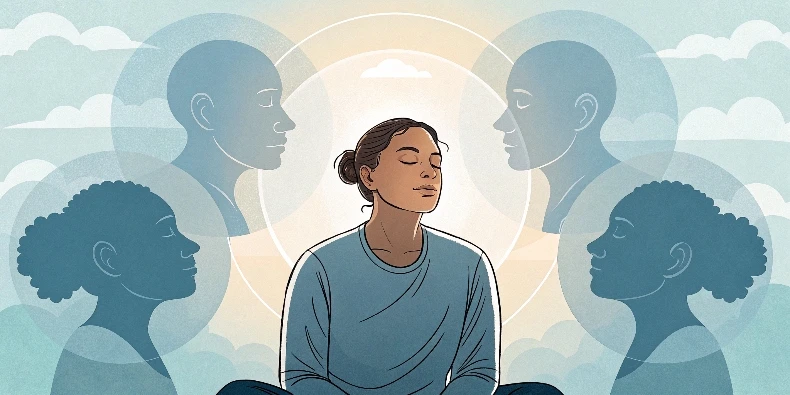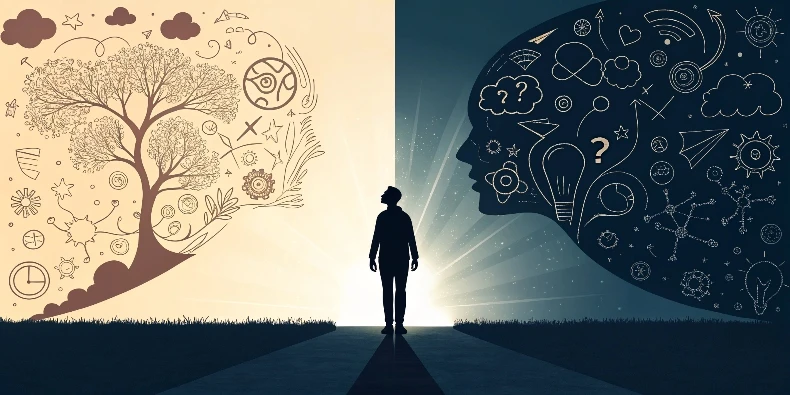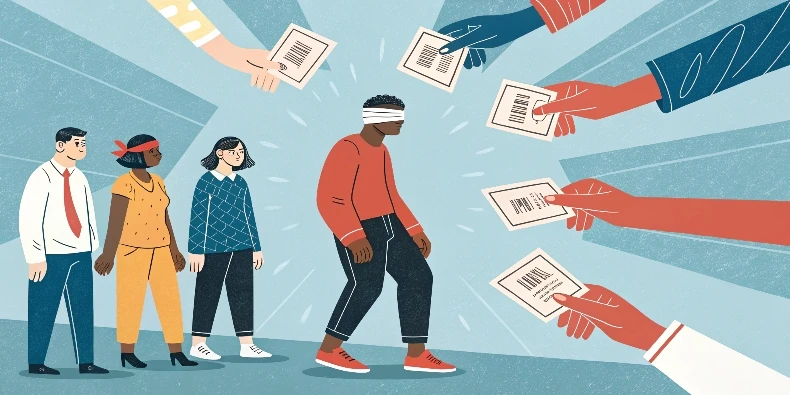
What is self-awareness: Why it matters and how to develop it
What is self-awareness, why is it important, and how can you develop it? Practical tips and tools for gaining a deeper understanding of yourself.
7 posts

What is self-awareness, why is it important, and how can you develop it? Practical tips and tools for gaining a deeper understanding of yourself.

Our thoughts and words shape reality, influencing daily life. Learn how to change your mindset, manage emotions, and cultivate a positive outlook.

Discover how stereotypes and biases shape our perceptions and behavior, and explore ways to overcome them for more objective and open-minded thinking.

The Dunning-Kruger effect is a cognitive bias that makes people overestimate their abilities. Learn how to recognize it, real-life examples, and ways to avoid it.

Learn how to boost self-esteem and gain confidence. Simple yet effective strategies will help shift your mindset and strengthen belief in yourself.

Why do people betray, and how to cope with it? The psychology of betrayal, its causes, and practical advice to heal and move forward.

Discover how public opinion shapes human behavior and decisions, and learn strategies to resist societal manipulations effectively.